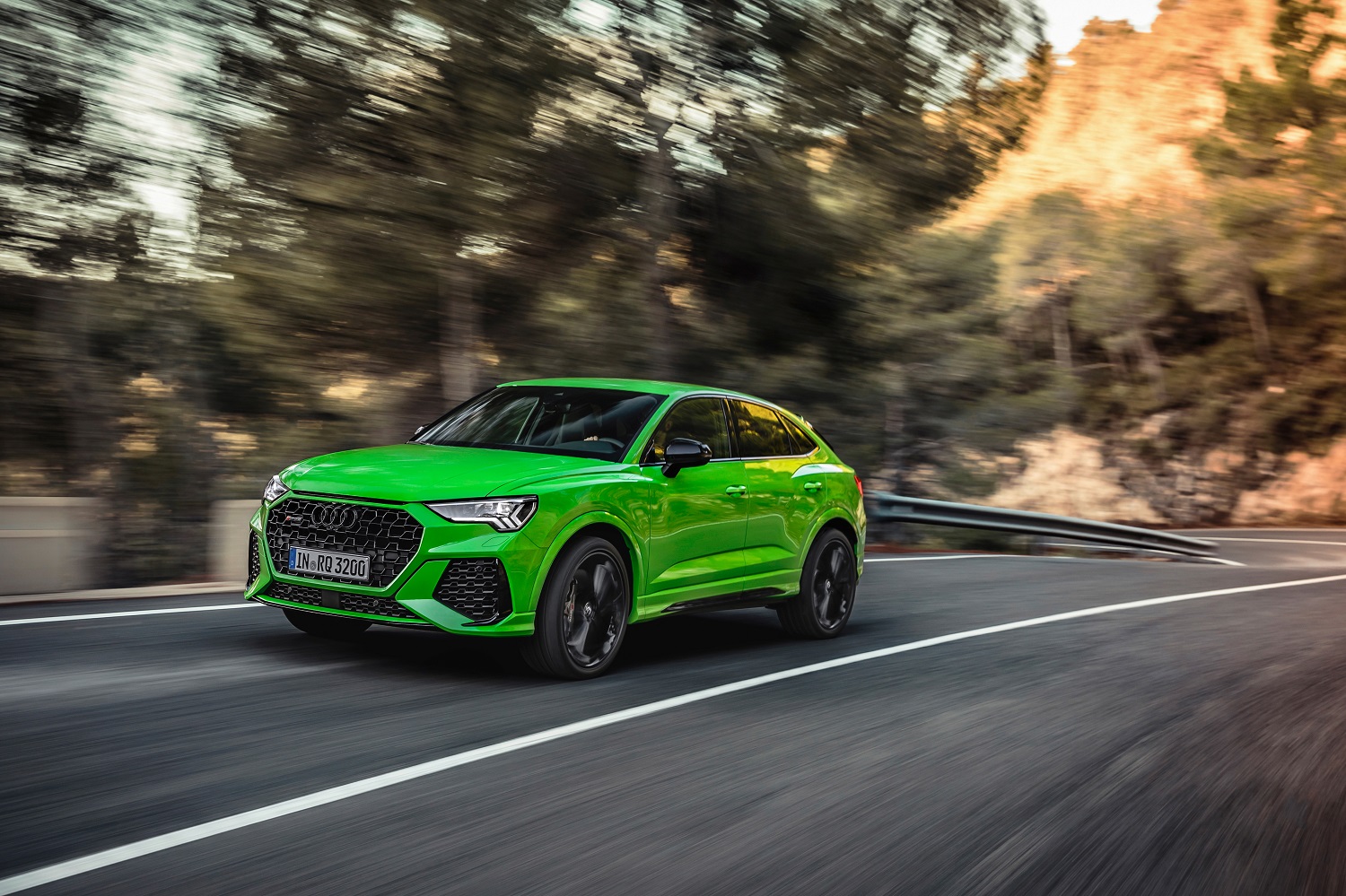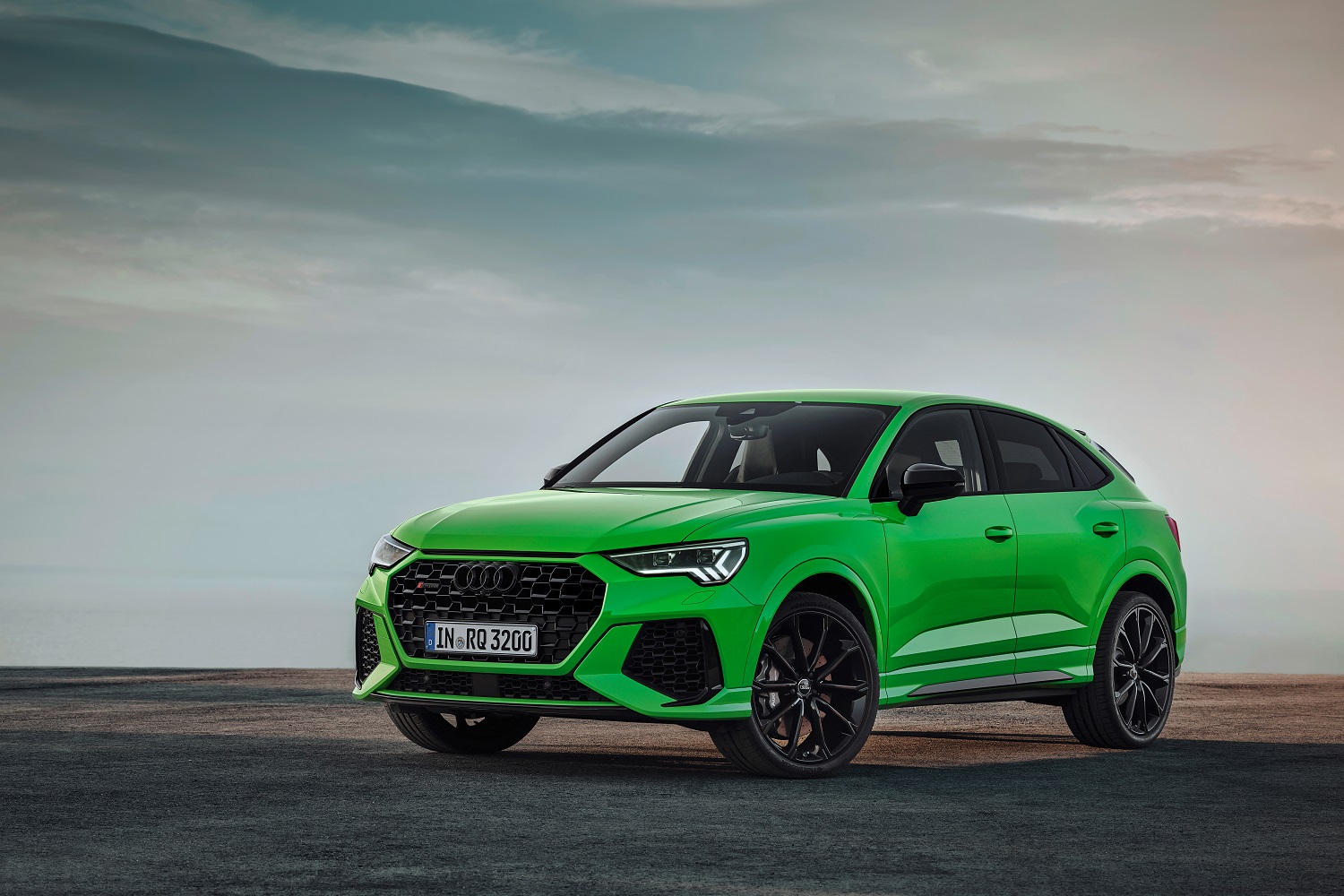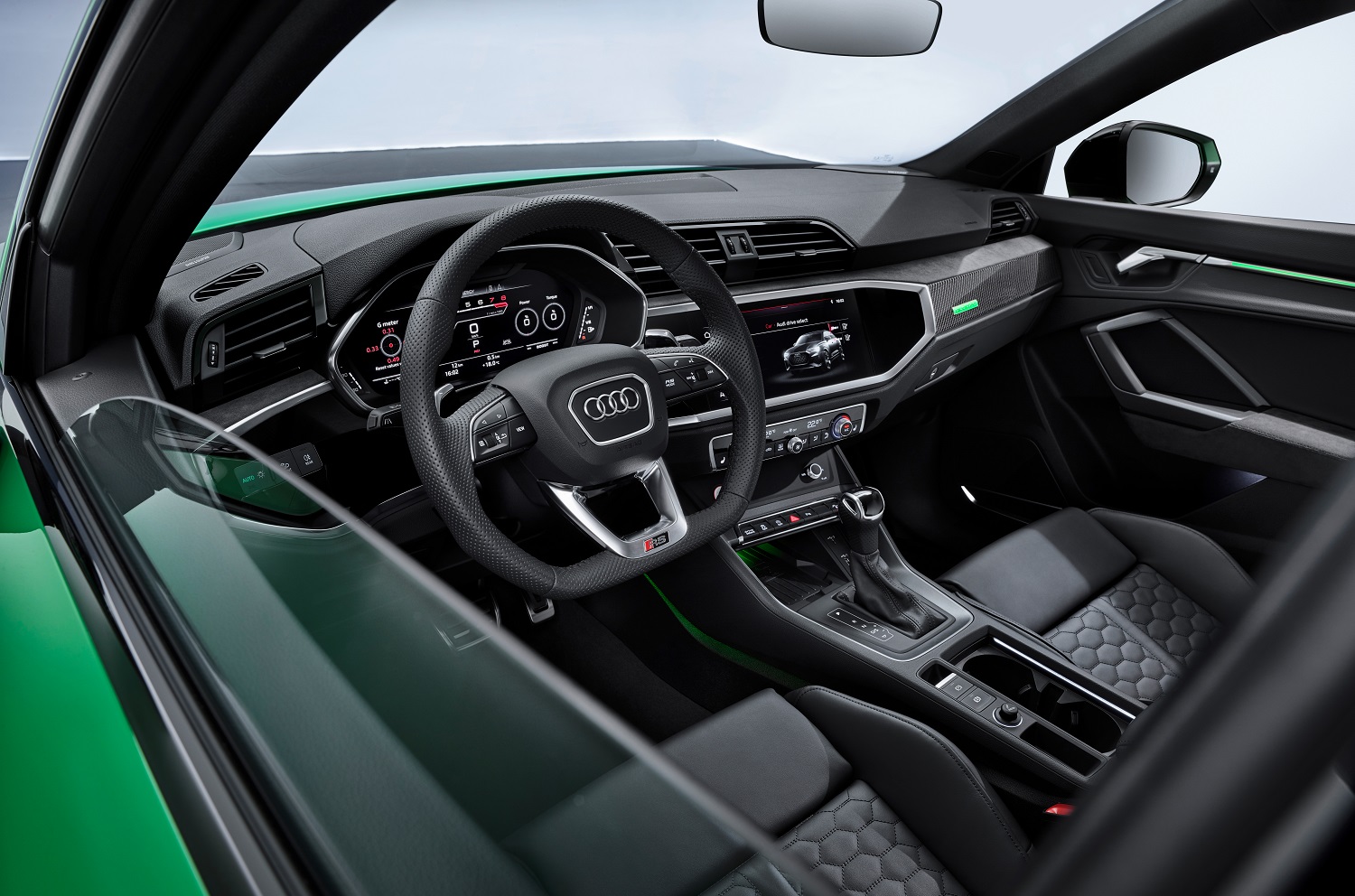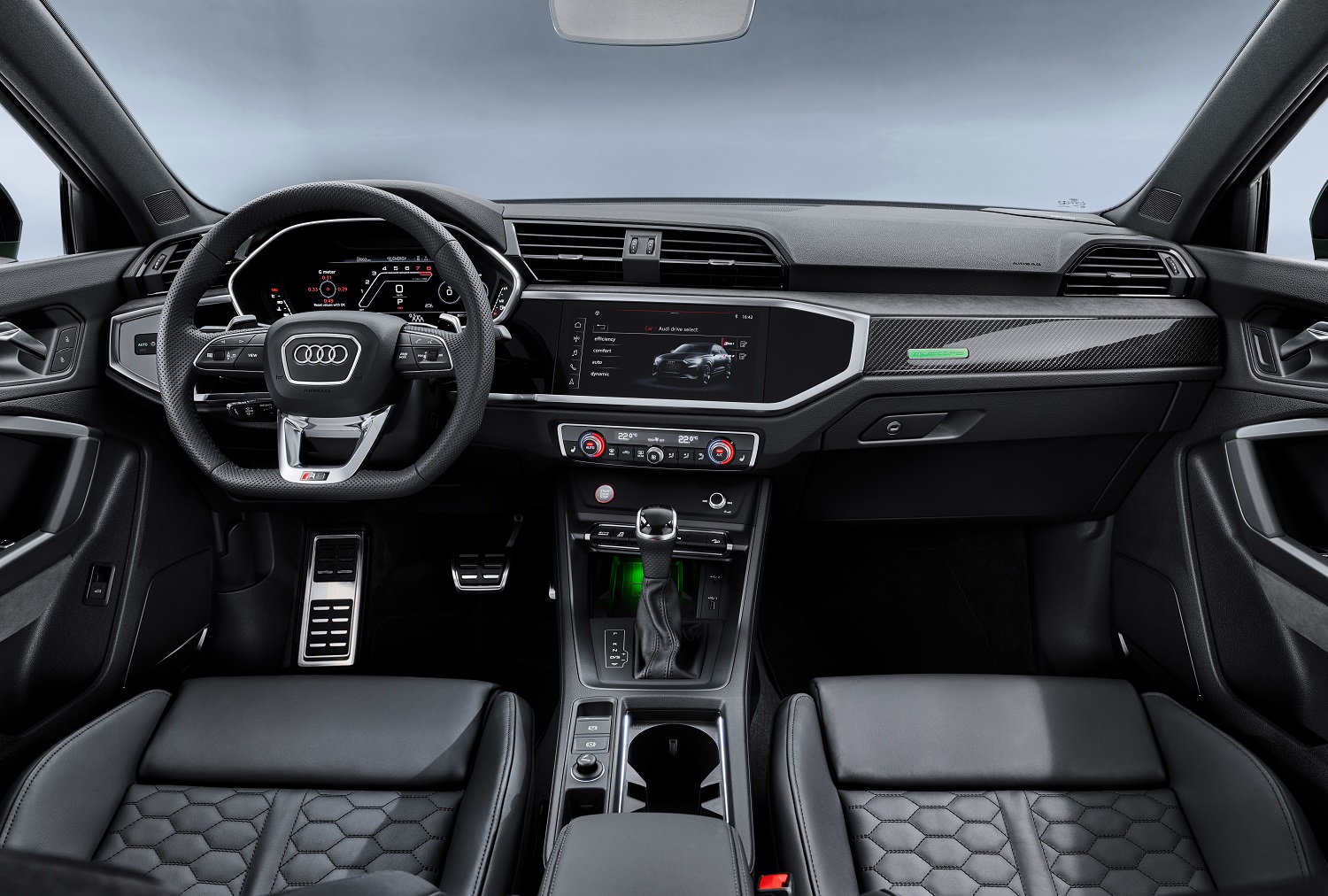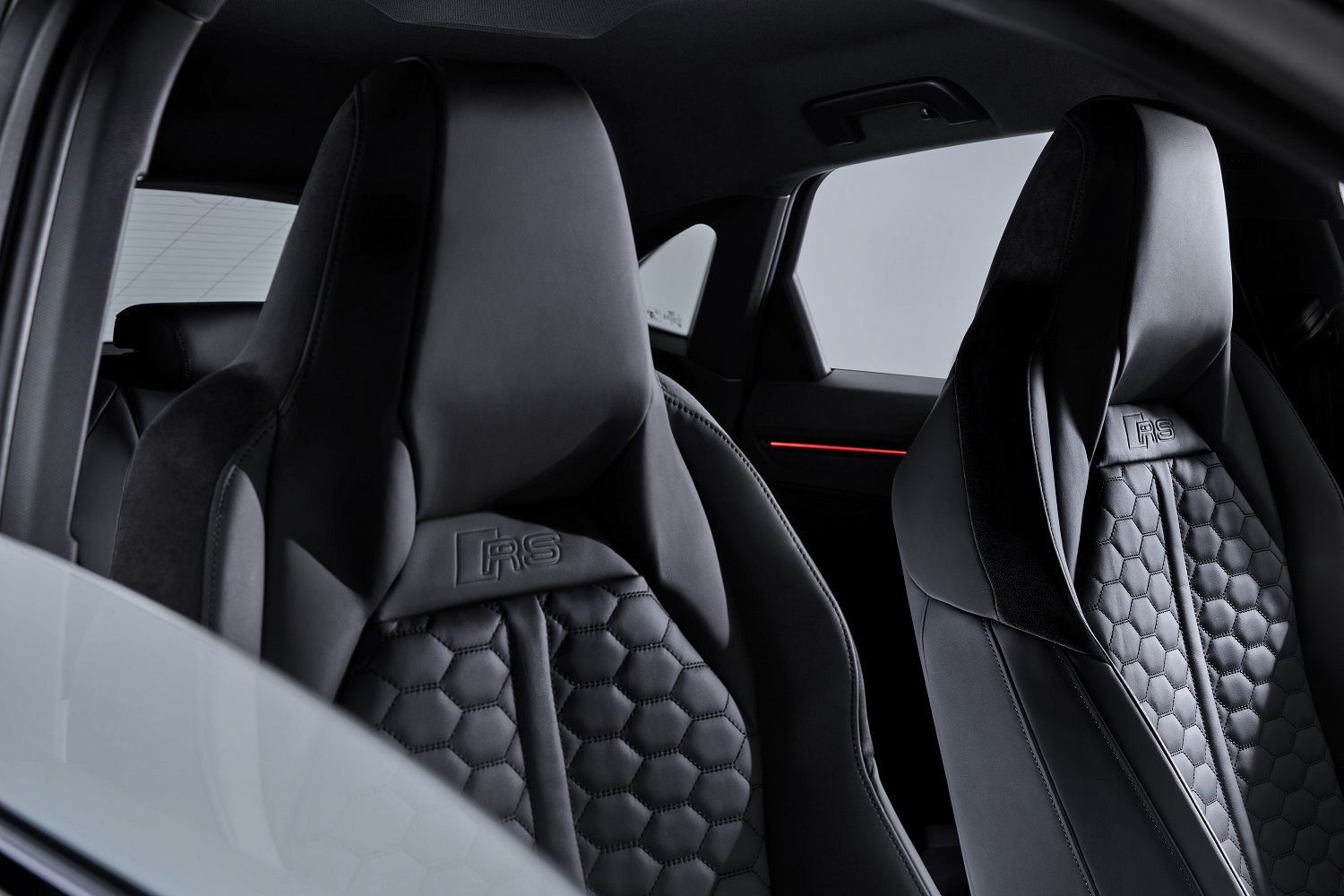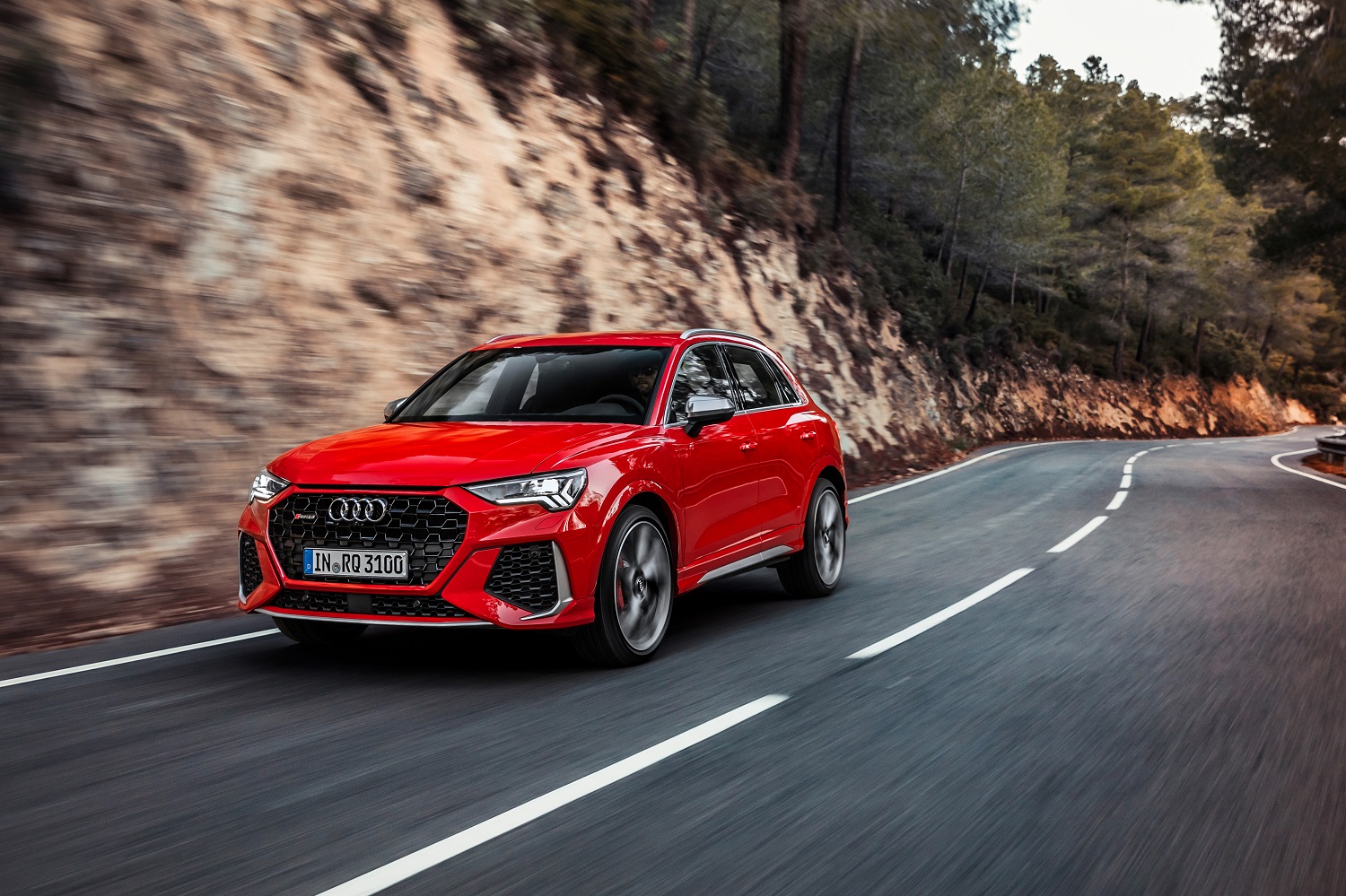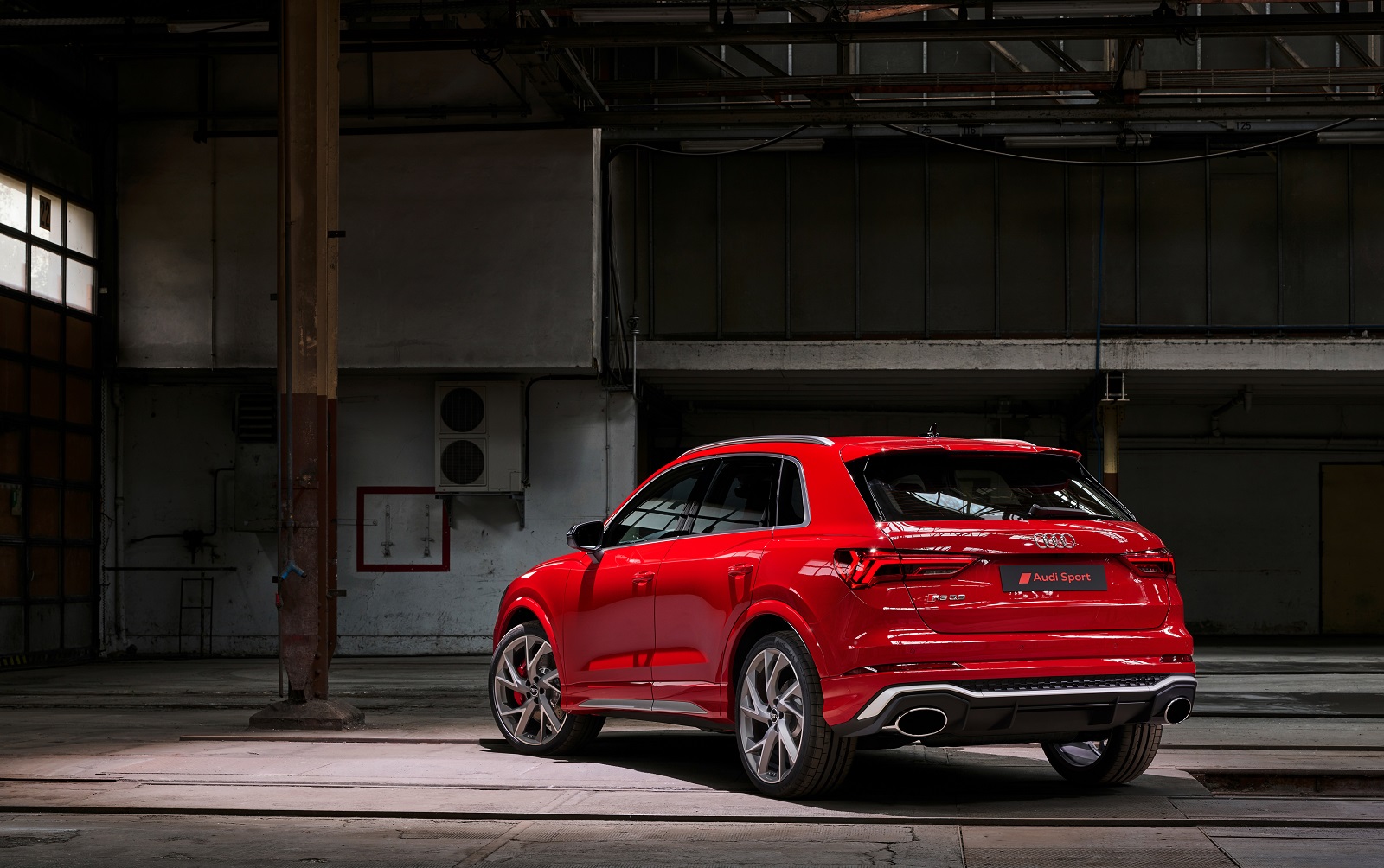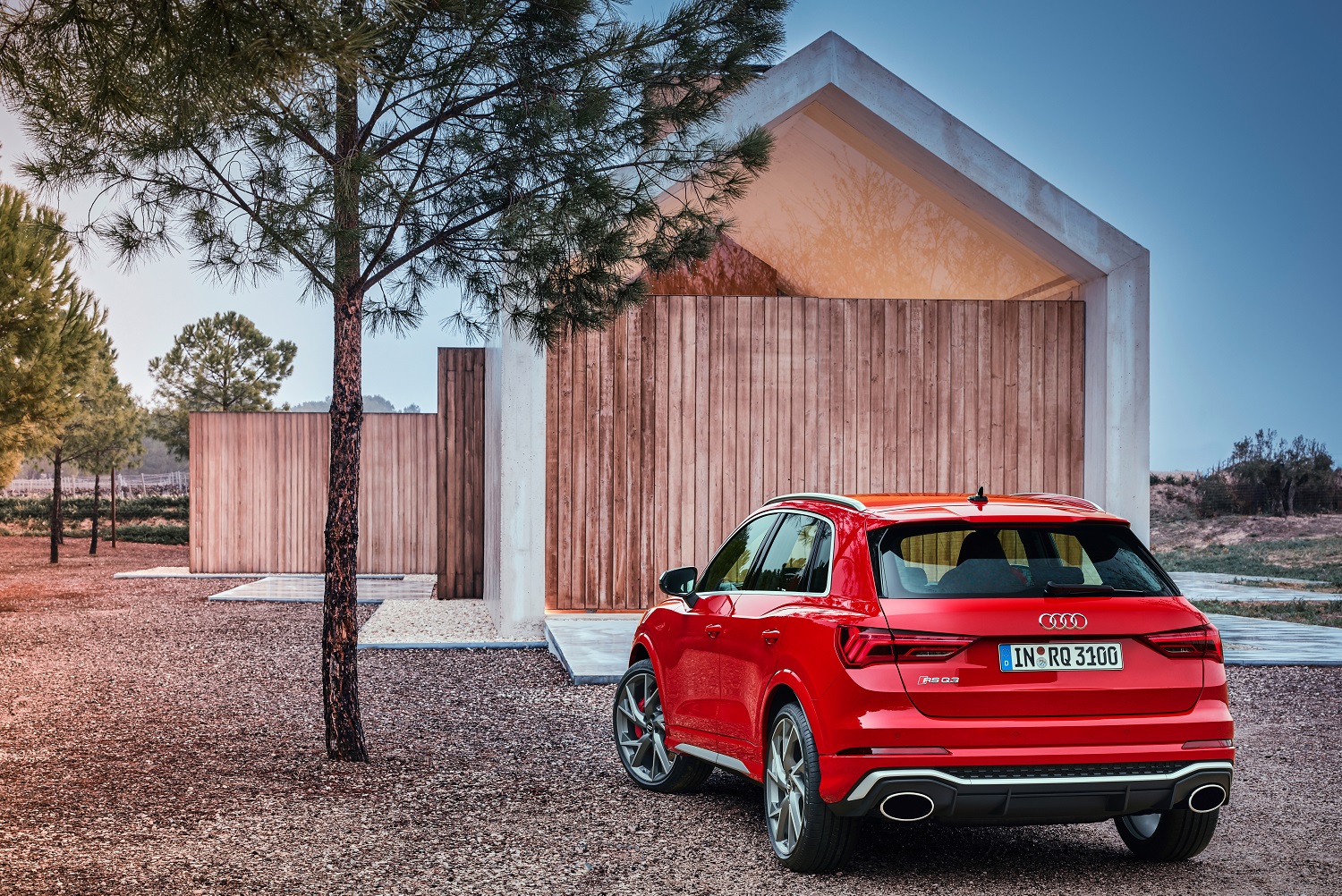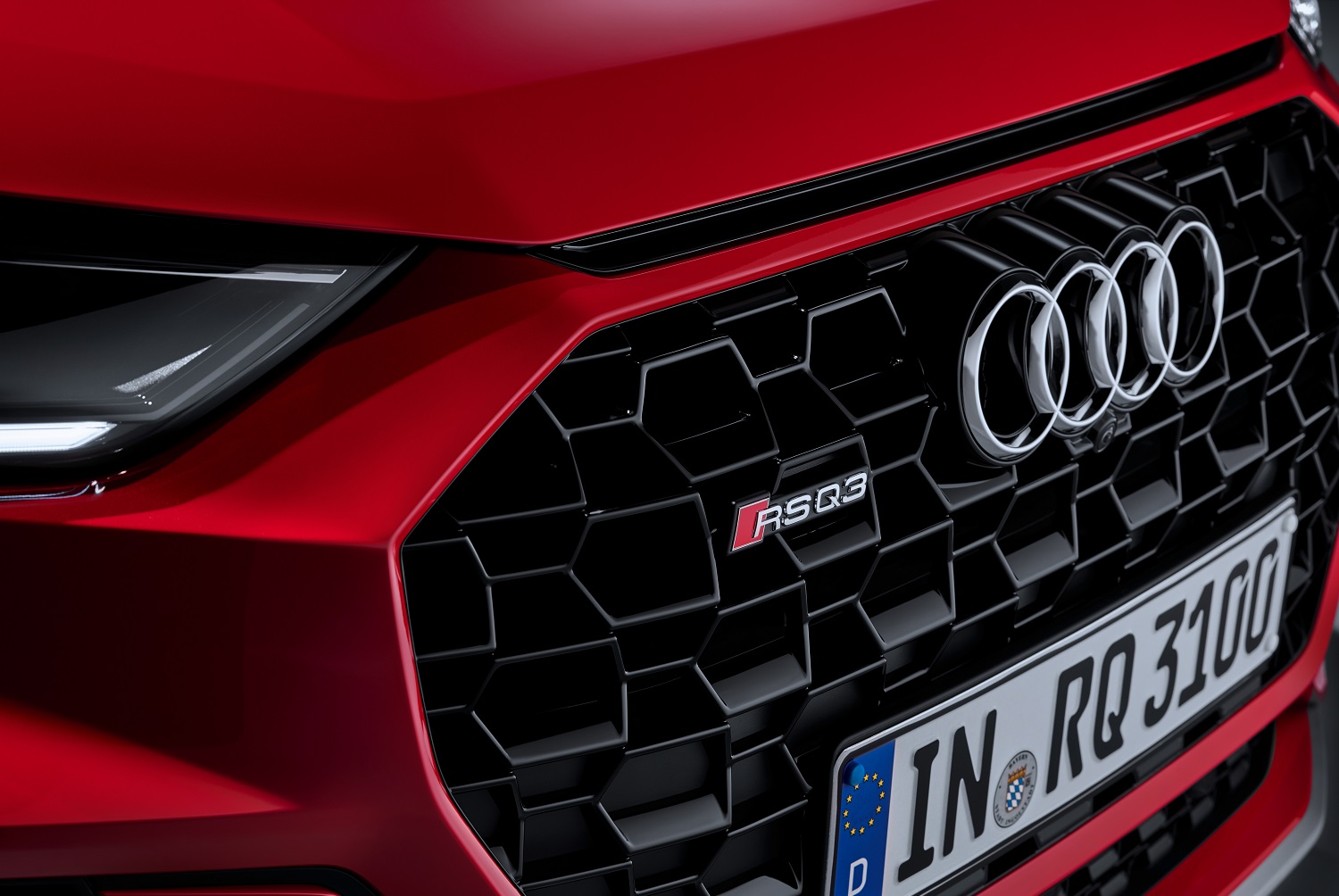Audi Sport is continuing its model offensive with the introduction of the second-generation RS Q3 and the sleeker-looking RS Q3 Sportback. Both crossovers receive the same sonorous five-cylinder engine, but keep your enthusiasm in check, because Digital Trends has learned that neither one is coming to the United States.
Horsepower aficionados worried that Audi would deep-six the five-cylinder engine in the name of emissions regulations can sleep easy. The emblematic engine returns triumphantly, and this time it’s turbocharged to develop 400 horsepower and 345 pound-feet of torque. Power reaches the four wheels via a seven-speed automatic transmission and Quattro permanent all-wheel drive. Audi quotes a 0-to-60-mph time of 4.5 seconds for both variants of the RS Q3.
Motorists have up to six driving modes to choose from. The regular profiles are called comfort, auto, dynamic, and efficiency. From there, the RS Q3 either offers an additional mode named individual, or two more profiles called RS 1 and RS 2. This is the same setup found in other Audi Sport models, like the RS 7 Sportback. The regular models are self-explanatory; the others allow drivers to put together their ideal profile in the same way they’d order a sandwich at Subway.
Audi made the RS Q3 lower and firmer than the standard model to improve handling. It also installed bigger brakes to keep the five’s cavalry in check, plus steering components that feel sportier, especially when going around bends. It should deliver the kind of engaging handling we expect from a car transformed in Audi Sport’s workshop.
Visually, the RS Q3 reflects Audi Sport’s ongoing effort to dial in more differentiation between its models and their standard, Audi-developed counterparts. While it’s visibly based on the second-generation Q3, it wears a bigger grille with black inserts and no chrome frame, a wide vent right below the hood, and air intakes that look bigger in person than in photos. Walk around to the back, and you’ll notice big oval exhaust tips that bring the RS Q3 in line with the brand’s bigger models, like the latest RS 6 Avant and the second-generation RS 7 Sportback.
From the driver’s seat, model-specific trim pieces and materials set the RS Q3 apart from the Q3. The digital instrument cluster and the infotainment system both learn a few new tricks, too. Motorists with a need for speed can notably use the buttons on the steering wheel to summon a G-force meter right next to the tachometer in the instrument cluster.
Audi’s RS Q3 and RS Q3 Sportback will begin arriving in showrooms in Germany during the first quarter of 2020. Pricing information hasn’t been released yet, but it’s of little interest to us because Audi confirmed to Digital Trends that it won’t sell either version of the model in the United States. The standard Q3 Sportback isn’t sold on our shores, either, and neither was the first-generation RS Q3, so we can’t say we’re surprised. Motorists who want a high-performance SUV with Audi’s four-ring emblem on its nose will need to wait until the RS Q8 previewed in August makes its official debut.
